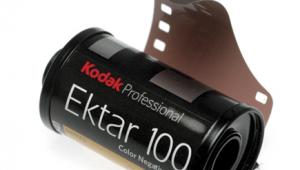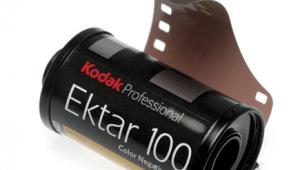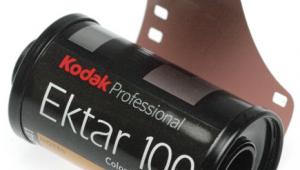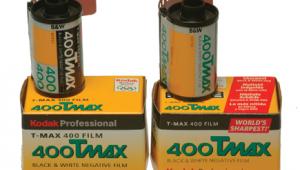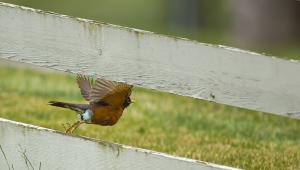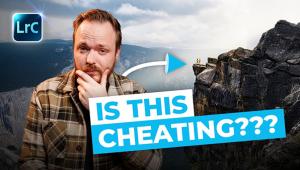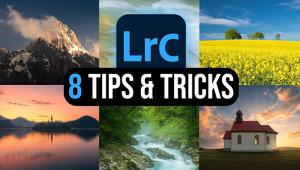Efke’s IR 820 Infrared Film; A Unique IR Option Page 2
Abandoned Medieval Bridge, Northern Aquitaine |
|
 |
|
|
If the film has a "green gap" you can get detectable IR effects
with even an orange filter, but with panchromatic-plus-IR sensitization, you
really need a true IR filter with a T50 (50 percent transmission) of at least
695nm, and preferably
710-720nm: this is certainly the case with 820. I did not try a filter with
a T50 of 760nm or more, because I do not own one--but I do not own one
because film speeds with such filters are even more miserably low than with
the filters I do own. The least expensive option for true IR filtration is probably
Ilford's gel (T50 715nm), but this needs some form of holder. (Editor's
Note: We recently tested a Fuji IR D-SLR with various Hoya filters that yielded
very good results. Go to the Shutterbug website, www.shutterbug.com, and type
"infrared" in the Search box on the homepage.)
I used several lenses with a 39mm filter thread, because I have only two sizes
of B+W 092 filter; the other is 52mm. Only one lens, a vintage Leica Dual-Range
(DR) 50mm f/2 Summicron, has an IR focusing index, and this was ever less reliable
as I focused closer than about 3 meters/10 ft: I would probably have done better
to split the difference between the visible light index and the IR index. With
other lenses, winding the lens out (as if you were focusing closer) to the depth
of field mark for f/5.6 is a good starting point. If you shoot enough IR, you
can make this adjustment by touch: I was beginning to get to that point toward
the end of the test. Many habitual IR users shoot at f/8 or less so that depth
of field covers up small focusing errors.
Ruined Village, Near Brie |
|
 |
|
|
All shots were taken with Leicas (M2 and M4-P) because you can't focus
or compose through an IR filter (nor can autofocus function). A rangefinder
is much easier. With a reflex, you must focus and compose, then fit the filter
and adjust the focus. This generally necessitates a tripod: that, or scale focus
and use an auxiliary finder.
As you may have guessed by now, in order to get the best out of 820 or any other
IR film, you need quite a lot of practice and patience. You can pretty much
rely on beginner's luck for one or two good pictures on your first roll,
and they will probably be good enough that you will want to try another roll...and
another...and another... Your percentage of successes should rise steadily,
from one or two good shots in 36 to half a dozen to a dozen or more: you are
unlikely to get much above 50 percent, if you bracket the difficult shots, until
you have a great deal of experience.
Because of all this, there is little point in buying just one roll of any IR
film, including IR 820. By all means buy just one at first, to compare it with
single rolls of whatever other IR films you can lay your hands on, and see which
you like best. Once you have chosen, buy at least four or five rolls, and preferably
10. That way, you'll really get to know it.
Cornfield, Spanish Pyrenees |
|
 |
|
|
This review may sound a bit lukewarm, and in a sense, it is: this is not a film I would urge everyone to rush out and buy forthwith, because, quite frankly, like every other true IR film I have ever used, it is a hassle. In another sense, though, I'd suggest very strongly that if you are interested in a unique look give Efke's IR 820 a try, because there is nothing else quite like it on the market.
Efke, Scratching And Dust
Efke is a small coating plant in Croatia that makes a wide range of films under
their own name and also for others: they have coated for Maco and Adox, at least.
Their films have a reputation for being scratch-prone, so squeegeeing before
drying is not recommended unless you use a hardener (which greatly prolongs
washing). I had no problems with scratching, using non-hardening fixer, then
Ilford-style washing (5-10-20 inversions in the local hard water) followed by
5 minutes in distilled water and 1 minute in distilled water + wetting agent.
Their films are also reputed to be "dust magnets" during drying.
I found the latter to be true, but not intolerably so: you just need to do a
bit more spotting than usual.
Film for this test was kindly arranged by Freestyle Photographic Supplies (5124
Sunset Blvd., Hollywood, CA 90027; (800) 292-6137, (323) 660-3460; www.freestylephoto.biz),
where Efke's IR 820 is $9.99 for a 35mm, 36 exposure roll. It is also
available in 120, 127(!), and various cut-film sizes.
- Log in or register to post comments




